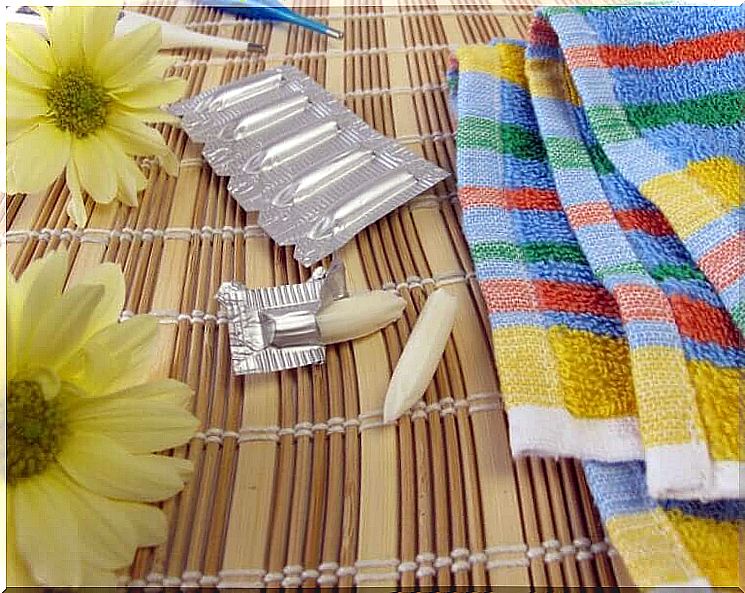Suppositories In Children: Everything You Need To Know

Suppositories are a form of presentation for some medications. Because they lead to some discomfort, they are not the most common way to administer medications. Even so, they are still used in certain situations, especially in children. Here, we’ll introduce you to some information you should know about suppositories.
What are suppositories?
Suppositories are a form of presentation for some medications. They consist of a drug dissolved in a solid or semi-solid substance at room temperature. As such, they are designed for rectal administration. That is, suppositories are introduced into the body through the anus.
When are they used?
Not all medications are available in this administration format. Furthermore, due to the discomfort they sometimes cause and their disadvantages, their use is increasingly limited to certain situations.

Suppositories can be used for local problems, such as hemorrhoids, or for problems that affect the entire body. The situations in which its use is more widespread are, mainly, in children with:
- Vomiting, which prevent the child from absorbing medications orally.
- Difficulty swallowing.
- Emergency situations such as seizures.
- Fever.
- Occasional constipation (the so-called glycerin suppository).
How are suppositories applied?
Each specific suppository is usually accompanied by the manufacturer’s instructions. However, there are usually some common steps to follow:
- Wash your hands before handling the suppository.
- The suppository must be hard. If it’s too soft, put it in the fridge for half an hour or under cold water with the container tightly closed.
- Put the child aside. The lower leg should be extended while the upper leg should be bent towards the navel.
- Insert the suppository into the child’s anus, pressing it gently with your finger, towards the navel. Contrary to popular belief, it is recommended to insert the suppository from the flat side rather than the pointed side. That way, let’s ensure that it fits well and prevents it from coming out easily.
- When the suppository is properly seated, hold the child’s buttocks for a few seconds. Afterwards, she will need to lie down for 10 to 15 minutes so that the medicine is absorbed properly and is not expelled.

Precautions to be considered
Just like any medicine, the suppository has an expiration date. It is important to check that it has not expired before using.
Each manufacturer must indicate the measures to be taken for its conservation. Sometimes it is necessary to keep them in the fridge, while at other times a cool, dry place will suffice.
Finally, given the peculiarity of its application, it will always be important to use it carefully so as not to harm the child. Of course, if we want it to work properly, we must give it time to act and make sure it doesn’t get expelled from the anus by the child.
In short
Suppositories, although increasingly in disuse, are still the most appropriate way to administer medication in some cases, such as when there is vomiting and seizures.
In view of their peculiarities, it is important to know how to store and apply them correctly. Finally, we must keep in mind that the most reliable instructions will always be those provided by the manufacturers of each specific suppository.









